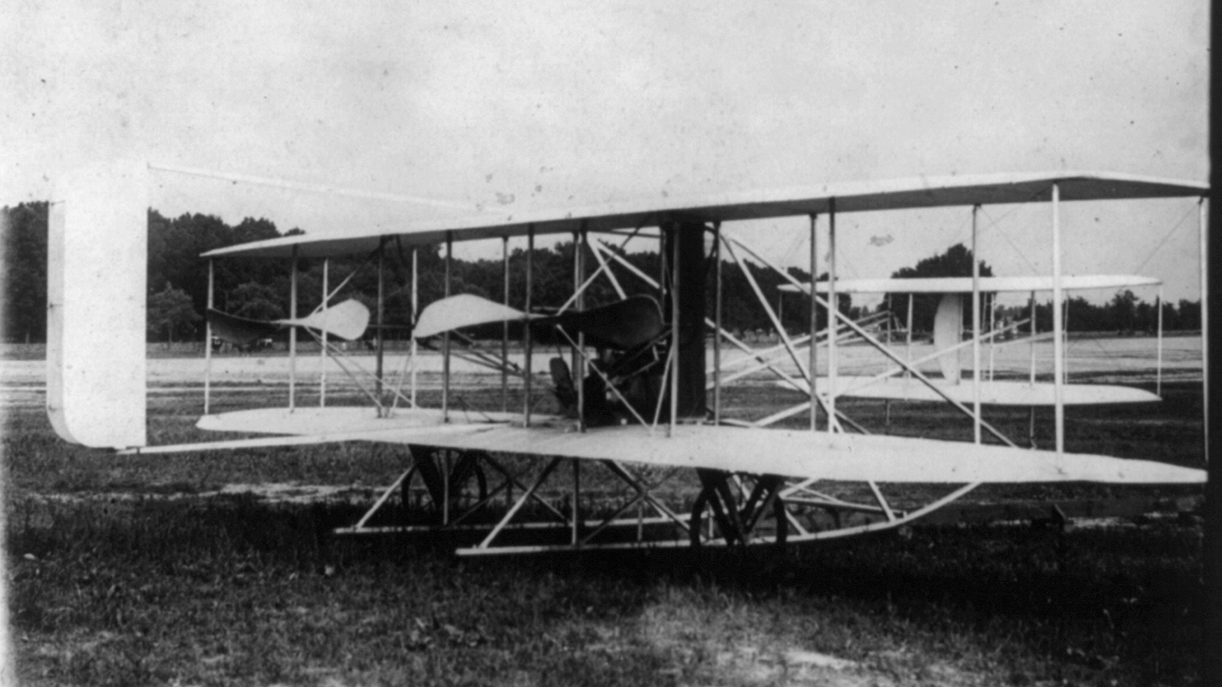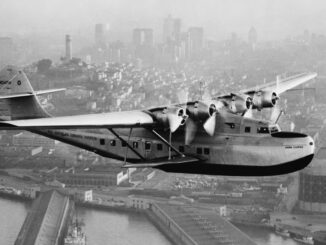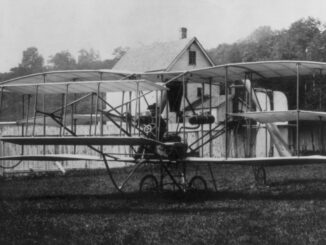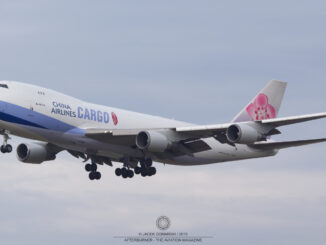 On 2nd August 1909, the first example of the Wright Military Flyer was delivered to the US Army Signal Corps. Officially designated Signal Corps No. 1, and commonly known as Aeroplane No. 1, the Wrights’ aircraft became the first military aeroplane in the world.
On 2nd August 1909, the first example of the Wright Military Flyer was delivered to the US Army Signal Corps. Officially designated Signal Corps No. 1, and commonly known as Aeroplane No. 1, the Wrights’ aircraft became the first military aeroplane in the world.
In June of 1909, at Fort Myer in Virginia, Wilbur and Orville Wright presented their Wright Flyer aeroplane to the US military authorities. It was similar to the aircraft the Wrights manufactured in Dayton, Ohio, between 1907 and 1909, now commonly referred to as the Model A. It was the first of the Wright brothers’ aircraft to be produced in more than one example and the first they offered for sale.
The Wright Flyer was a biplane built in a pusher configuration. Its two propellers were powered via chain drive by a single four-cylinder engine generating 32 hp. The aeroplane was equipped with a skid undercarriage and, for take-off, it used a launching rail with a counterweight.
The aforementioned military demonstration of the Model A was successful. The Aeronautical Division of the US Army Signal Corps decided to purchase the aeroplane for 25,000 USD (the equivalent of approximately one million dollars today), on the condition that it could fly at 40 miles per hour (approximately 64 kph) with a crew of two on board, and remain airborne for at least one hour. These requirements were met by the Wrights and, following a series of trials, Signal Corps No. 1 was approved for service.
In April of 1911, following the development of the Wright Model B, the US Army retired Signal Corps No. 1 from active service. The aeroplane was restored to its original condition and shortly afterwards donated to the Smithsonian Institution, where it remains on display to this day.
Full story here.
Cover photo: The Wright aeroplane at Fort Meyer, 1909 (photo: Library of Congress, LC-USZ62-16716, cropped)



